There can be no disputing that McLaren is one of the, if not, the team who has made the most progress during the season.
We have repeatedly analysed the development path of the Woking-based team, with the results in the last four Grands Prix proving correct the decision of Team Principal Andrea Stella not to develop the base of the car and instead focusing on a new version mid-season, with this package coming at the British Grand Prix.
In practice, McLaren analysed its car concept in great depth, extracting critical elements to find understanding and solutions.
This was a decidedly onerous procedure in terms of time but was not something applicable to all teams, as was the case for Ferrari and Mercedes, who were forced to try and make their car concepts work in a shorter period of time and therefore required to find compromises and solutions that were never going to be optimal.
On a dynamic level, the MCL60 has not undergone changes, being equipped from the outset with a pull-rod front-suspension and push-rod at the rear, mirroring the choices made on the last two Red Bulls.
Viewed by others:
Difference between Red Bull and McLaren
It should be said that this does not mean the dynamic balance and pitch control in particular are carried out in the same way between the two cars, with the front suspension of the Red Bull characterised by a strong 'anti-dive' tendency under braking making the management of longitudinal load transfers very effective.
Despite the similarities in suspension architecture, the two cars maintain big differences in dynamics.
McLaren's recent competitive performances has moved it to closest challengers to Red Bull, but it is difficult to assess what specific elements has contributed to the up-turn in form in the sense that evolution of the MCL60 was largely concentrated on the floor of the car and specifically the design of the powerful Venturi channels.
In addition to this, the underside of the sidepods and their upper profile has been radically modified, with these upgrades enabling McLaren to generate downforce, but above all, the upgrades have radically changed the distribution of it.
This has significantly improved the dynamic behaviour of the car, making it very competitive on tracks with medium and high downforce corners with fast and sharp changes of direction - such as Qatar.
But unlike the RB19, the MCL60 still cannot be considered an all-round car capable of adapting to any type of track.
The downforce generated by the floor has certainly been increased, but the overall load generated on fast tracks is still not optimal, with it therefore right to consider one of the tangible advantages of the Red Bull compared to the McLaren lies in the quantity of downforce produced by the floor and bodywork - greatly reducing the dependence on that produced by wings.
A final comparison can be made with the power units and packaging.
McLaren is equipped with the Mercedes unit, which has certain requirements for its packaging, while the Honda-RBPT in the back of the Red Bull has been developed in constant synergy over the past few years, meaning the team has relative freedom when it comes to the packaging of the unit.
Just think of the shaped radiators of the RB19, with an arched section, with individual details all combining to maximise the car balance at the heart of Red Bull's competitive advantage.
McLaren's revised sidepod inlets
The width of the sidepod inlets has been reduced so that the front of the sidepods is better profiled to direct and manage the airflow to the rear of the car.
MCL60: New floor side edge
The side edges of the floor have been an area of constant development throughout the season, with a horizontal full-length slit now in place to better manage the airflow underneath the car.
MCL60: Stiffer floor at the rear
Striking at Zandvoort was McLaren's approach to addressing the deflections at the rear of the car. Deflection at the rear of the floor was prevented by adding multiple supports. In the latest version, these no longer exist, ensuring "clean" aerodynamic airflow
In Zandvoort, McLaren's engineers fitted multiple 'stays' to maintain rigidity in the floor at the rear, but in the latest spec, these have disappeared, which brings the advantage of cleaner aerodynamics.
The Red Bull car: pitch center
One of the most relevant dynamic features of the Red Bull car is its stable behaviour, which does not allow ride height to change thanks to the position of the pitch centre of the RB19, as shown below.
RB19: Evolution of the floor edge
Like McLaren, the floor edges has also been an area of focus for the Red Bull engineers.
Don't miss out on any of the Formula 1 action thanks to this handy 2026 F1 calendar that can be easily loaded into your smartphone or PC.
Download the calenderMost read
In this article
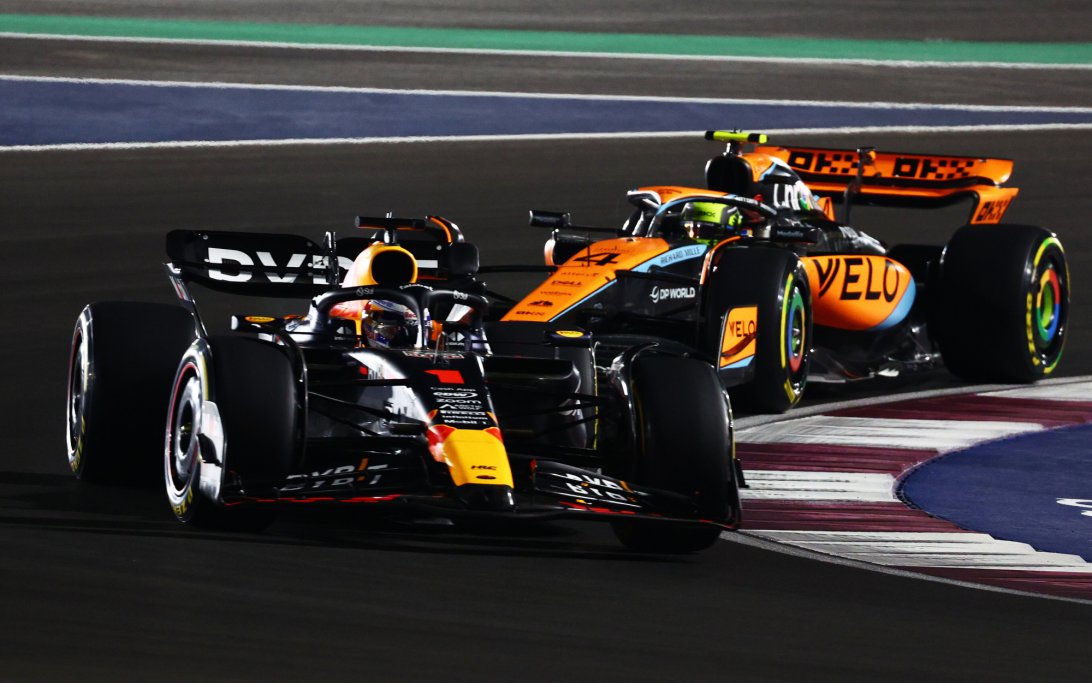

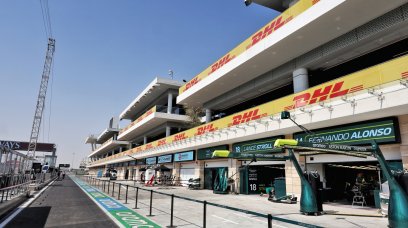
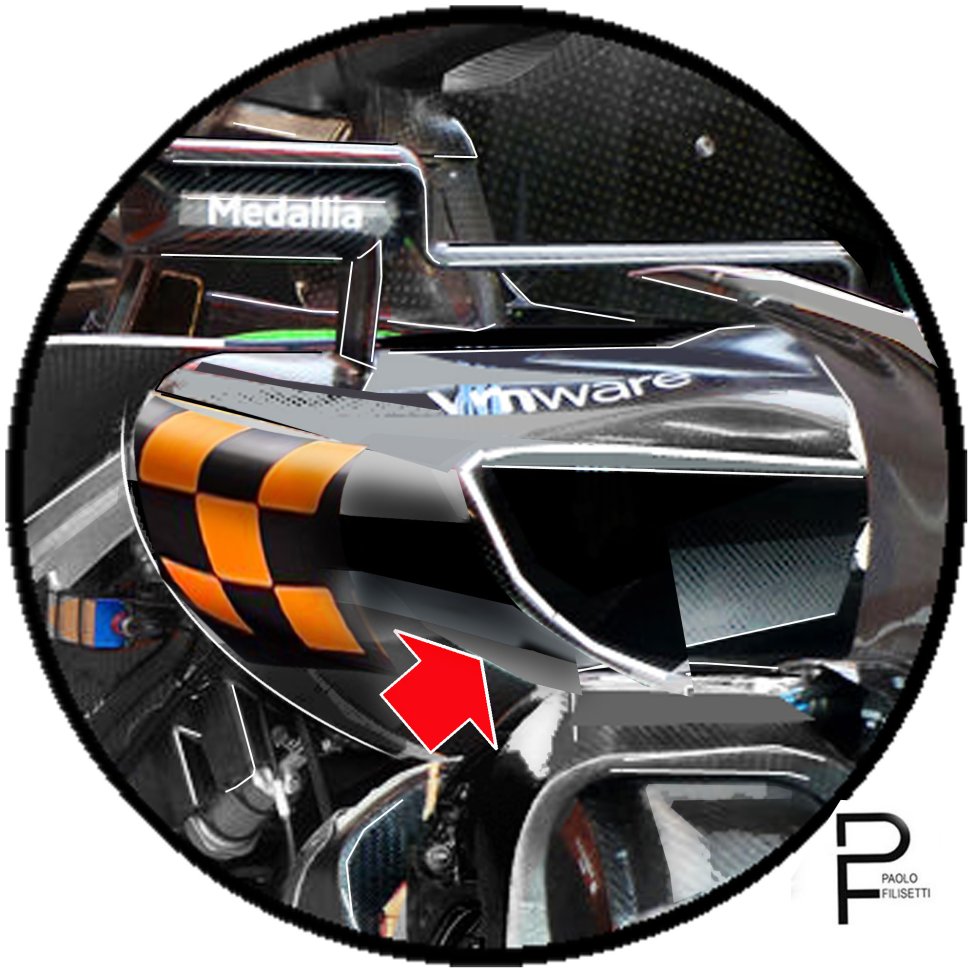
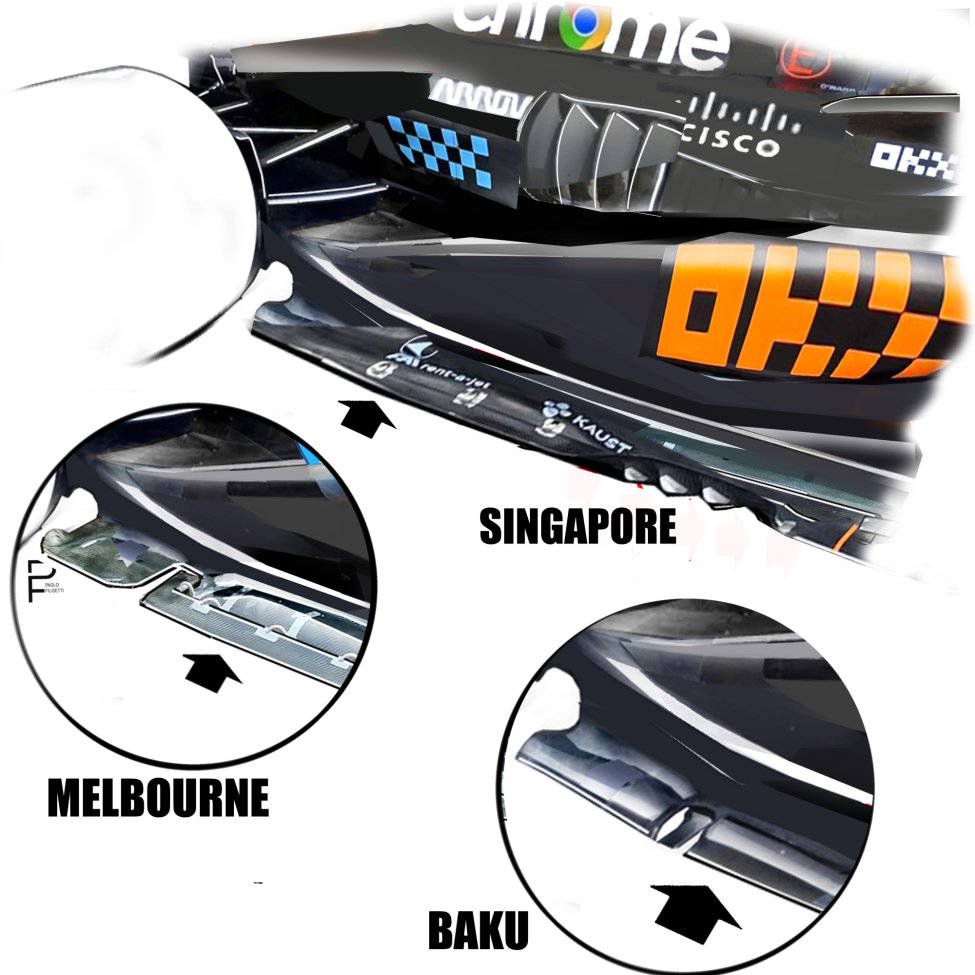
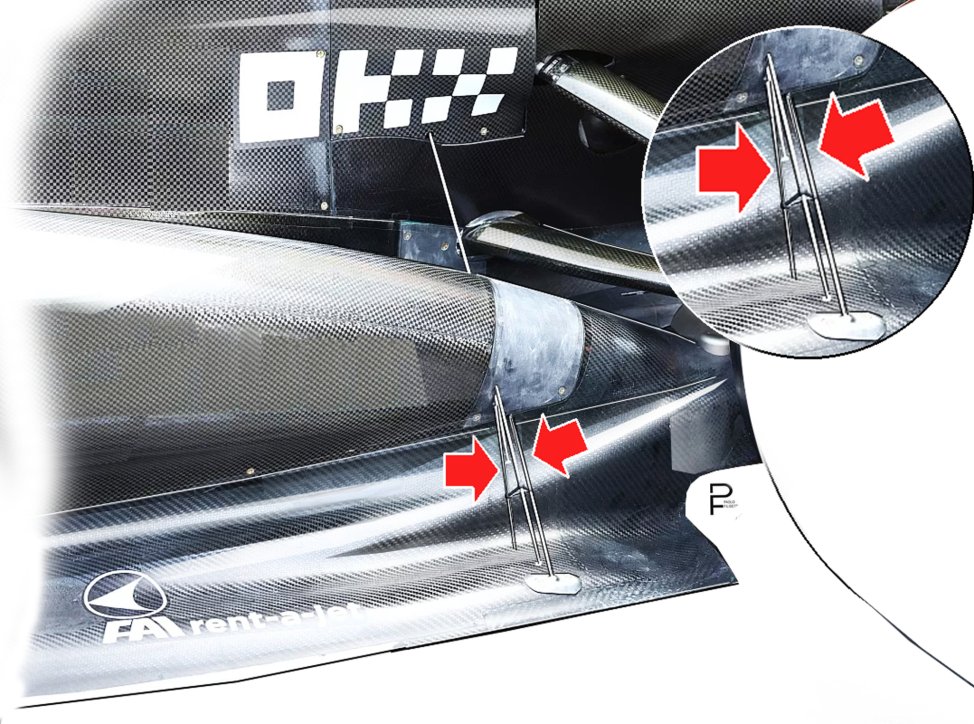

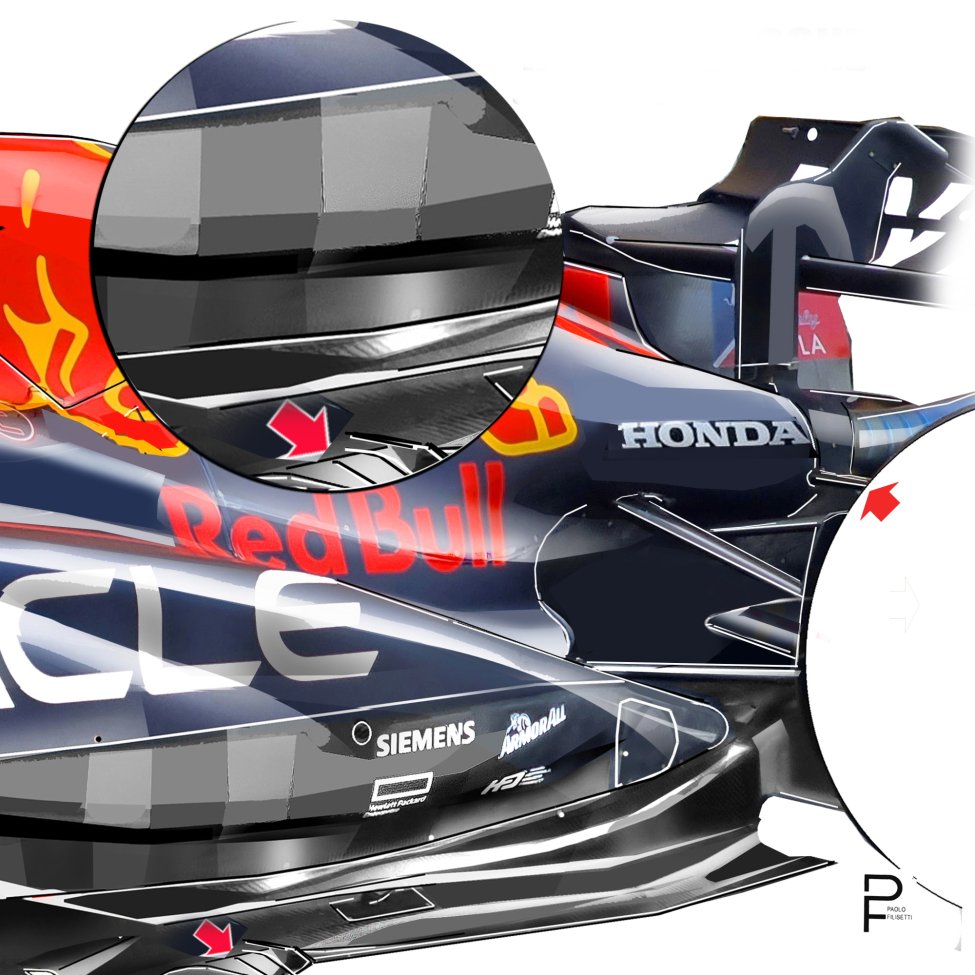

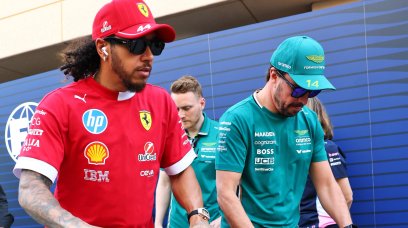
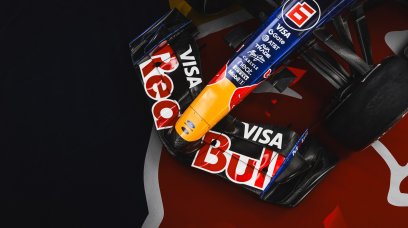


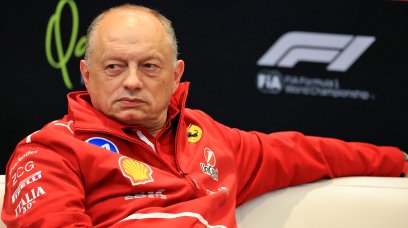




Join the conversation!